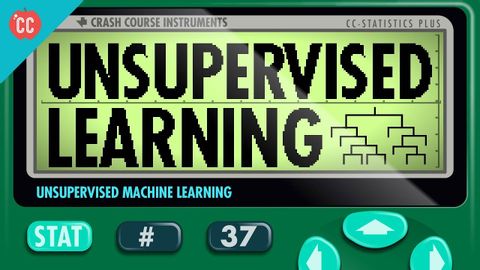
Subtitles & vocabulary
Unsupervised Machine Learning: Crash Course Statistics #37
00
林宜悉 posted on 2020/04/04Save
Video vocabulary
diabetes
US /ˌdaɪəˈbitɪs, -tiz/
・
UK /ˌdaɪəˈbi:ti:z/
- Noun (Countable/Uncountable)
- Illness where there is too much sugar in the blood
- A form of diabetes, usually diagnosed in children and young adults, in which the body does not produce insulin.
B2
More determine
US /dɪˈtɚmɪn/
・
UK /dɪ'tɜ:mɪn/
- Transitive Verb
- To control exactly how something will be or act
- To establish the facts about; discover
A2TOEIC
More compelling
US /kəmˈpɛlɪŋ/
・
UK /kəmˈpelɪŋ/
- Transitive Verb
- To force someone to do something
- Adjective
- Making you do, believe something; persuasive
B1
More disorder
US /dɪsˈɔrdɚ/
・
UK /dɪs'ɔ:də(r)/
- Uncountable Noun
- State of confusion or a lack of organization
- Illness when the body is not functioning well
- Transitive Verb
- To disrupt the order or arrangement of something.
B2
More Use Energy
Unlock All Vocabulary
Unlock pronunciation, explanations, and filters
